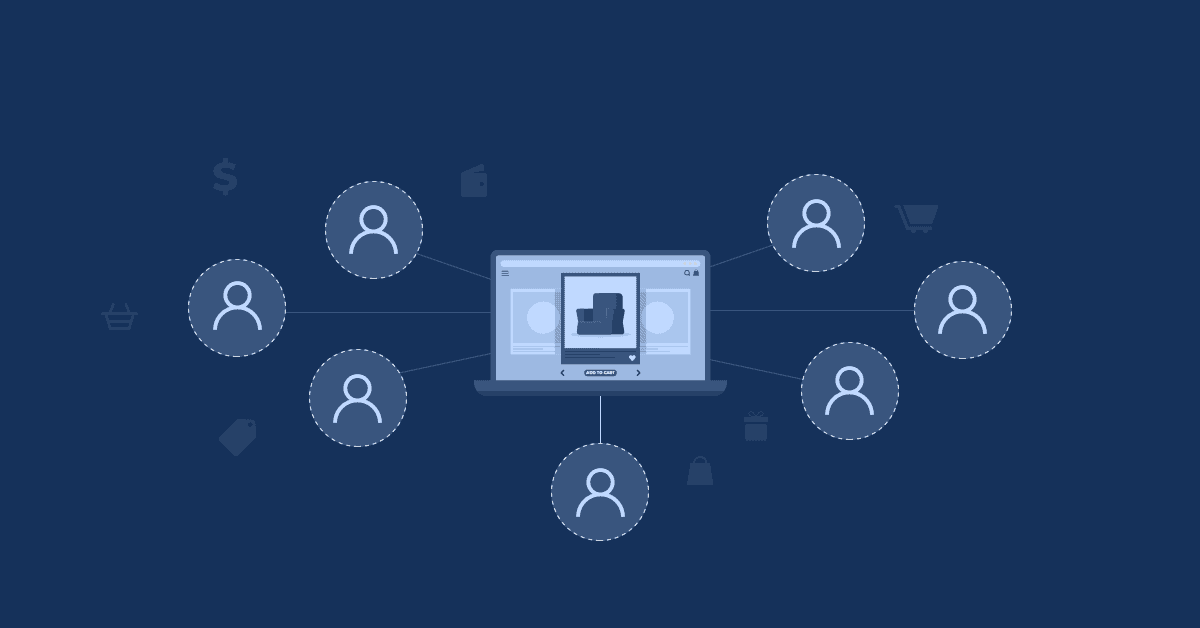Only 40% of marketers can claim that their marketing is well aligned with their customer expectations. The rest, i.e. 60%, spend most of their time crunching analytics, optimizing campaigns and conversion rate. If you’ll investigate closely, the struggle to burn the marketing funds efficiently vis-a-via ROI has a common recurring pattern. This pattern is ‘Not using behavioural segmentation’ for e-commerce effectively.
What is behavioural marketing or behavioural segmentation?
Behavioural marketing is the method by which companies target audiences based on their behaviour, interests, intentions, geolocation, and other metrics using web analytics, cookies, search history, and other insights.
Organizations that leverage the above data points are able to successfully deliver relevant content and contextual offers to the customers, rather than just a generic campaign broadcasted to a wide audience. Intuitively, this yields a much higher ROI for e-commerce brands.
Is your digital retail brand leveraging the power of behavioural segmentation?
An Adobe sponsored study found that 76% of the marketers do not use customer segmentation and behavioural segmentation data. Moreover, only 13% of the surveyed marketers believe that their organizations are providing segmented customer experience, and just 5% believe that they are able to truly provide data-driven and content-led experiences to their customers.
The gap is wide, and this is where the opportunity for your e-commerce brand lies.
Rationale Behind Using Behavioural Segmentation Marketing for E-Commerce
Simply put, the digital world is a chaotic world, and information overload is its by-product. Your customers expect you to find them through targeted and relevant offers – not the other way around.
Moreover, as per a McKinsey report, businesses that use their customer data effectively outgrow their competitors by 85% in sales, and 25% in gross margins.
Behavioural segmentation allows e-commerce brands to reach their target audience by cutting through the noise, and provide their customers with a more contextual, personalized and seamless experience.
Behavioural Segmentation Examples and Strategies
In the spirit of more sales and faster growth for your business, we bring to you Four Behavioural Segmentation Examples and Strategies for E-Commerce.
Purchase Decision-Making
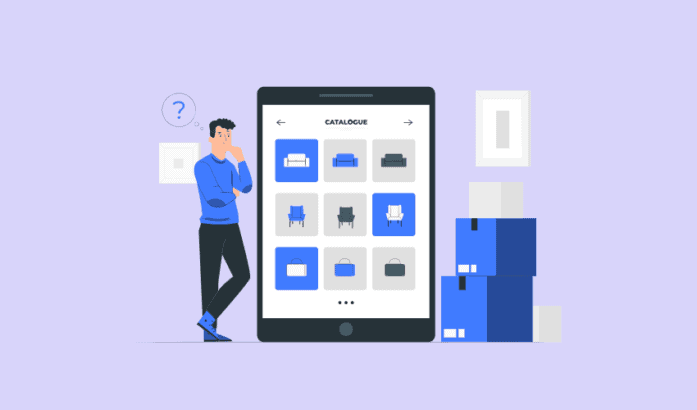
Getting to know your customer’s spending habits can give you a view of different windows of opportunity to engage them in the right context. Segmenting your audience on the basis of purchase behaviour can uncover;
- Customer purchase decision-making process
- Efficacy of the purchase process
- Purchase milestones and buying journey
- Behaviours and actions that can predict the probability of purchase
Based on the way customers interact with the brands, purchase behaviour can be split into four types;
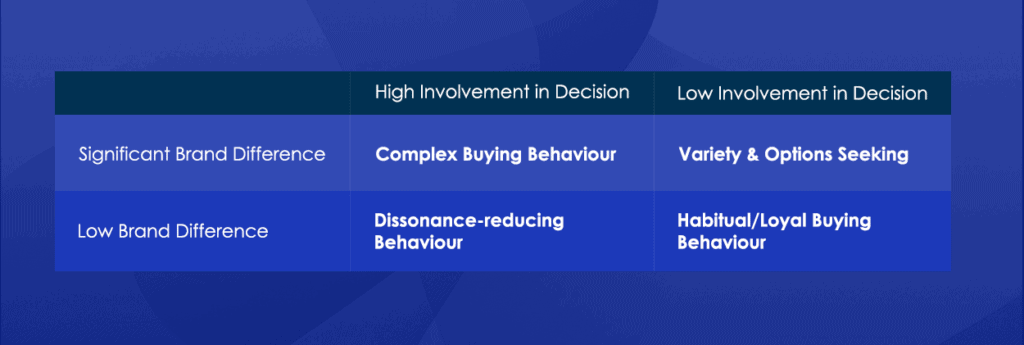
Let us see what these four types of purchase behaviours mean.
Complex buying behaviour is seen in customers who are actively involved in the buying decision and are very conscious of the product they are purchasing. In case the products fall under brands with significant differences, it cannot be accurately predicted what the customer will end-up buying. For instance, a choice between a luxury watch from Breitling SA and Rolex will be a complex customer decision.
Variety-seeking behaviour can be seen where the customer is not highly involved in the purchase decision, but a wide variety is available to them for a given product. E.g. they might be using Lux as their bathing soap, but trying out Dove won’t make a difference. If they like Dove enough, they will switch to it until another better product is discovered.
Dissonance-reducing behaviour is the one where a customer might end-up making an irrational decision due to low or no difference in the products. But, at the same time, customer involvement is high in decision-making. E.g. a customer might buy a 3-star rated 1.5 ton AC instead of a 5-star rated 1.5 ton AC to save on purchase cost (but end up paying more in terms of electricity bill).
Habitual or loyal buying behaviour does not necessarily take product differences into account, nor is the customer too actively involved in the decision. It is just a matter of preference for a particular individual. E.g. a person might prefer Doritos over Lays, Pringles or any other brand for no distinct reason.
This is just a basic template to understanding in which category does your brand (or products) fall into, and who are your end buyers.
Event or Occasion Driven Purchase Behaviour

365 days of the calendar are filled with numerous occasions for everyone – global, community and personal. Intuitively, the buying behaviour of your end customers also changes with such occasions. For instance, Halloween is an event that registers more purchases from the same customers during the holiday season in the US. In another instance, a person might choose to shop with you more on their birthday (depends upon what you are selling).
Specific Benefit Driven Purchase Behaviour
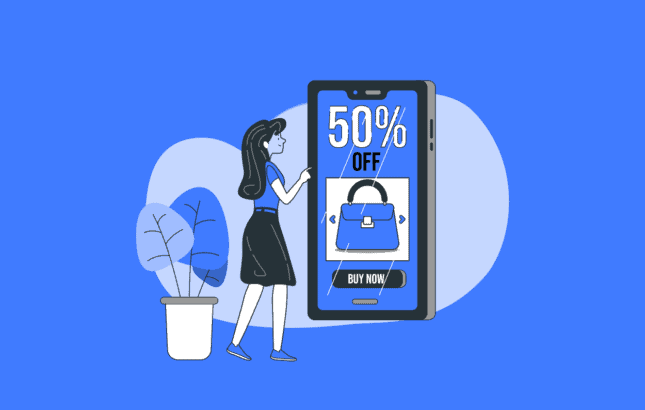
Some products solve a customer’s problem highly effectively. In such a case, the customer is highly likely to remain loyal to the brand, and actively purchase the product throughout the CLT cycle. A growing segment of such customers in your subscribers base indicates a genuine and growing demand for your product.
E.g. A natural hair oil might be preferred by a customer due to its excellent anti-dandruff qualities and apt scalp moisture. If the customer has been benefitted by such qualities, he/she will stick with this hair oil for a long time – to keep availing the haircare benefit.
Loyalty Driven Customer Behaviour
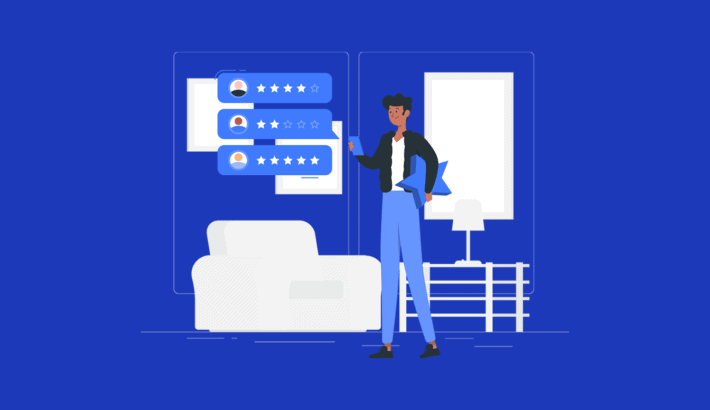
Loyalty driven customer behaviour segment is crucial because it will account for a majority of your e-commerce revenue. However, it must be noted that it is different from the ‘habitual’ buyers segment. Habitual buyers might regularly buy from a brand because of constant need or lack of an option that better solved their problem. Whereas, loyal customers are genuine product/brand evangelists. They purchase from you because of the loyalty, not recurring need.
E.g. A customer might book their hotels and other travel reservations from a select online portal out of loyalty. Here, he/she might revere the brand’s customer service, UX or personalization to stay loyal.
The above examples clearly demonstrate the value behavioural analytics can bring to your consumer segmentation strategy. In fact, with marketing automation tools, you can streamline your entire e-commerce customer segmentation, targeting, and engagement with powerful features that bring manifold ROI for our clients.
If that sounds like a plan, you can ask for a FREE demo here.
Stay tuned for our weekly blogs on e-commerce marketing and automation intelligence!
Happy selling.


